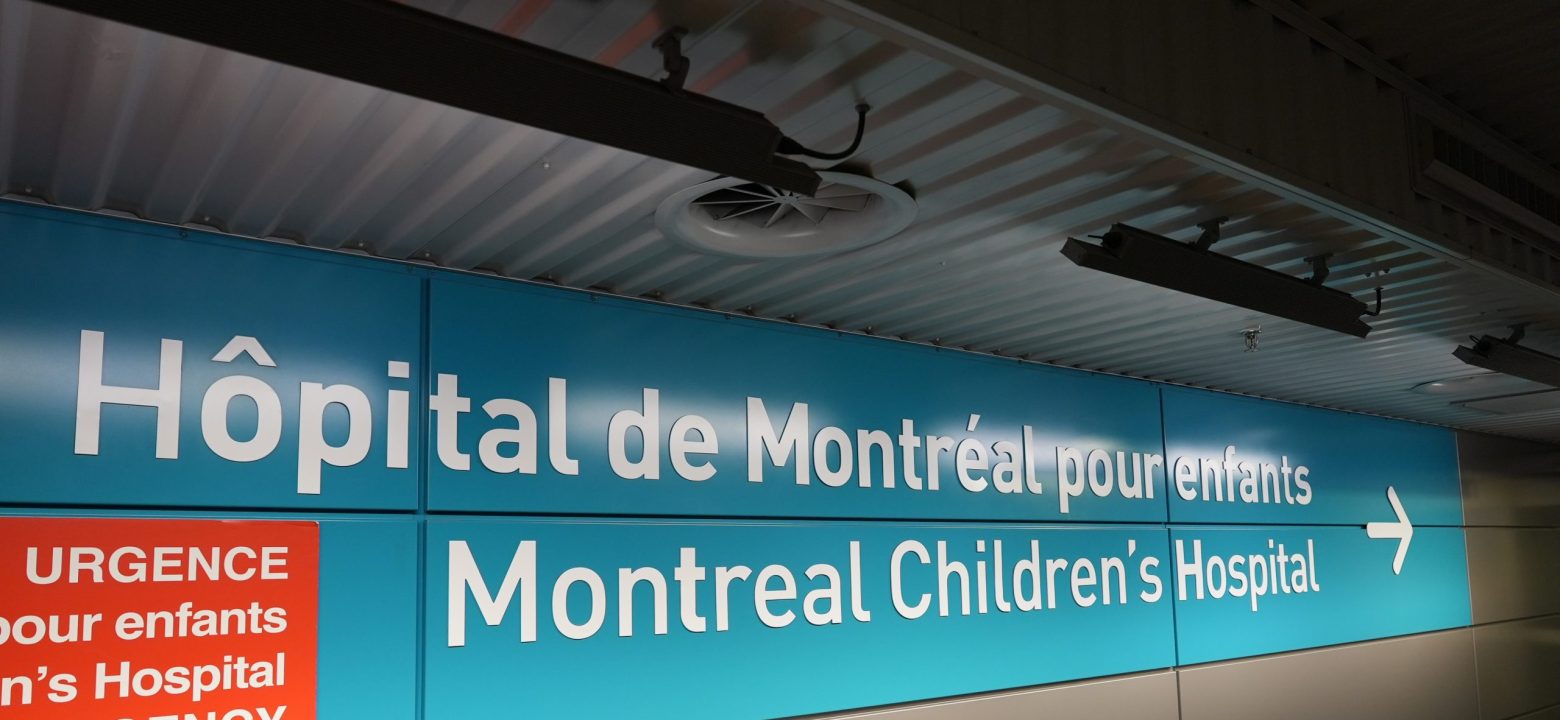Is it an emergency?

Smart choices
Where to go for your child’s health problem
1. Dial 8-1-1 to call Info-Santé
Choose option 1 to access the priority line for parents of children 0-17 years old.
Choose option 3 to access the GAP (Primary Care Access Point), a service for people of all ages who don’t have a family doctor and who have a specific, non-urgent health problem.
2. Call your doctor or your nearest network clinic
If your child does not have a family doctor, use the Quebec Family Doctor Finder to look for one.
3. If needed, go to an emergency department
Please note that the higher the occupancy rate, the longer the wait time may be. Wait times also vary depending on your child’s condition and the triage process, which ensures that the most seriously ill patients are seen first.
When should you seek emergency care?
We recommend that you bring your child/youth to the Emergency Department if they have:
Fever of 38°C (100.4°F) or more and the following
- Is less than 3 months old
- Has immune system problems or complex chronic health problems
- Is very sleepy or difficult to wake up
- Has a stiff neck
- Is refusing to drink even when given medication to reduce the fever (acetaminophen, ibuprofen)
Difficulty breathing
- Signs include breathing irregularly or more quickly than usual, working hard to breathe, pale skin or whitish or blue lips
Vomiting or diarrhea
- With signs of dehydration (no tears, very dry mouth, more sleepy than usual, no urine for more than eight hours)
- Vomiting or diarrhea containing blood
Injuries such as
- Head injury with severe headache, loss of consciousness (passing out), confusion, sleepiness or vomiting
- Suspected broken or dislocated bone
- Cut that may need stitches
- Eye injuries
- Injuries that are causing chest or abdominal pain
Severe abdominal pain
A rash that looks like tiny or expanding bruises
Procedure in the Emergency Department
Triage
The Emergency Department treats patients on a priority basis according to the severity of each case, so that the sickest patients are seen first. The triage nurse assesses the child’s health condition and determines the child’s priority level based on a classification grid recognized and used across Canada (Canadian Paediatric Triage and Acuity Scale).
Registration
You will be able to register your child and get a hospital card at the ER. You will be asked for your health insurance card or other health insurance information.
For more information, visit the Admission and hospital card page.
Waiting room
The wait time varies according to multiple factors including the significance of your child’s illness or injury, the number of patients in the department and the degree of severity of the illnesses and injuries of other patients. While waiting, if you feel that your child’s condition has worsened, please let a member of our team know immediately.
What should you bring when you come to the ED?
- Your health card or other health insurance information
- Your child’s medication
- Your medication (if you need to stay longer)
- Specialized equipment that is used by your child
- Specialized formula used by your child
- Any tubes or devices needed to care for your child
- Diapers, if applicable
- Items to occupy your child’s time such as books and toys
- Snacks for you and your child, if allowed (some tests and procedures require an empty stomach)
- Chargers for your electronic devices
From Tiny Tot to Toddler
Is a cold or the flu? - Decision chart
